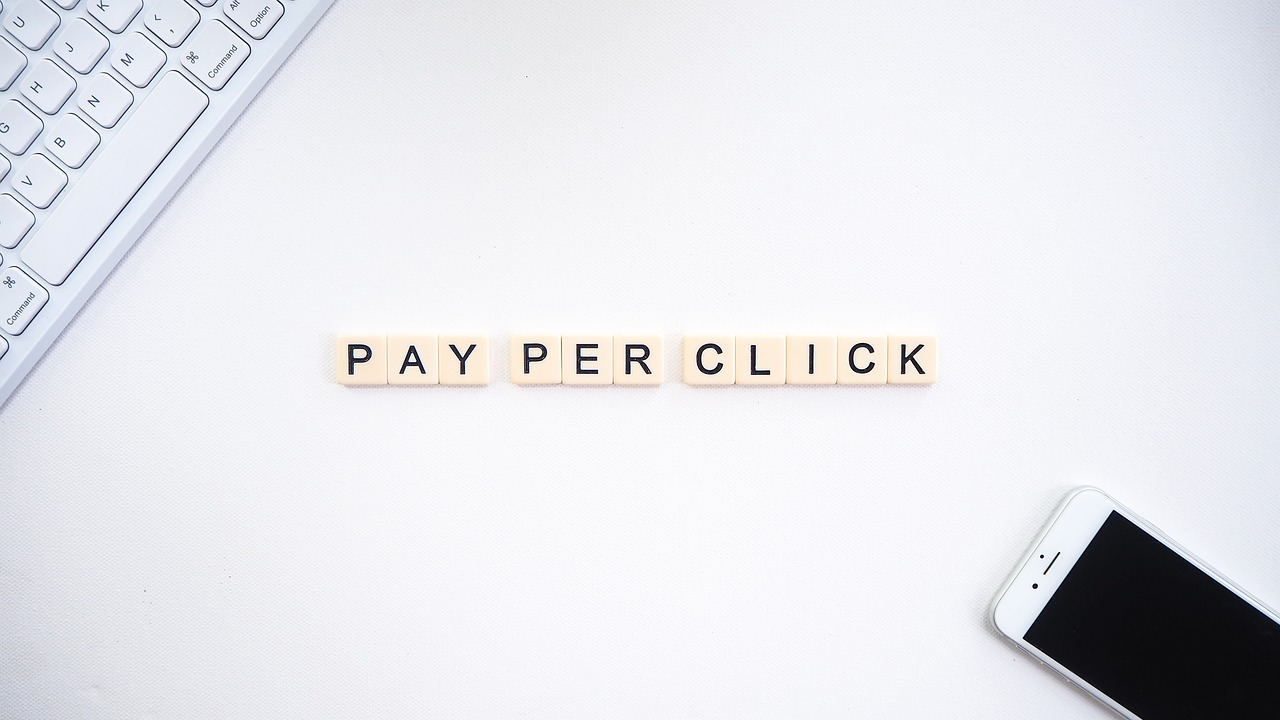PPC stands for Pay-per-click and in simple terms, PPC advertising is a digital marketing tool where the advertisers pay a standard fee each time someone clicks on their ad. Pay-per-click (PPC) advertising is a popular and effective online marketing strategy of buying visits to your site, rather than attempting to increase your website traffic organically.
Expanding your brand’s global reach to millions of users just requires a few minutes with Pay-per-click (PPC) advertising. You can advertise your brand on search engines, social media, and third-party websites and whenever someone clicks on your ad, you pay a fee to the platform or website.
For example – you own a yoga studio and your target audience is women between the ages of 20 – 50 interested in fitness and living within 5 kilometres. You create an ad and put it up on Google, when the ad pops up on a potential customer’s Google feed and they click on it, you pay a fee to Google. Sounds simple, right?
Investing in PPC (Pay-Per-Click) marketing can be highly profitable but, if not done correctly, it can also lead to you losing money. We’re here to tell you how to make the most of PPC and answer all the burning questions to help you and your business get started with this effective marketing tool.
How does PPC(Pay-per-click) advertising work?
Advertisers create ad campaigns based on customer demographics, interests, and locations, setting a maximum bid for each keyword. PPC advertising lets advertisers bid on keywords to have their ads appear in search engine results. When a user searches for these keywords, the ad appears among the top results. The search engine’s algorithm then determines which ads to display and in what order and advertisers are charged each time their ad is clicked on.
Why is PPC important?
Pay-per-click advertising is important as it attracts your targeted customer base and directs them to your site increasing your website traffic flow.
PPC advertising is an important and efficient marketing tool for several reasons:
Cost-effective – You have better control over your budget when you use PPC marketing. You only pay when someone clicks on your advertisement.
Visibility – It guarantees that your ads reach your targeted audience based on keywords, demographics, location, interests, and more.
Fast Results – Unlike with SEO, you can see immediate results. As soon as your ad gets approved by the advertiser your target audience begins to see your ads.
Measurable Results – The results of PPC are easy to measure and track with the help of detailed analytics and data, unlike offline marketing. You can see how many people clicked on your ad, and visited your website and what action they took.
High ROI – According to Google, the Return on Investments (ROI) from PPC can be very high. For every dollar you spend on Google Ads, you can earn up to $11 in profit.
Flexible – PPC ad campaigns are simply flexible and adaptable to test different marketing strategies and to account for changes to the market and the consumers.
Less Time-Consuming – It doesn’t take much time to set up and run a PPC campaign if you know what you’re doing, giving you time to focus on other aspects of your business such as brand and product development.
Brand Awareness – It also helps with brand visibility as repeated exposure to your brand increases brand awareness and credibility.
Popular Platforms for PPC Advertising
- Google Ads
- Youtube
- X(Twitter)
Types of PPC Ads
PPC (Pay-Per-Click) advertising includes a range of ad formats that are specifically created to achieve different marketing objectives and reach specific consumers. The type you choose will rely on your brand objectives and target audience. Some of the most popular PPC Ad types are:-
Search Ads
Ads that appear on search engines when you type in specific keywords.
Video Ads
Ads that appear on YouTube while you’re watching a video on the platform.
Display Ads
Visual ads such as images, banners, or videos that appear on websites within the Google Display Network or its partner networks.
Shopping Ads
Ads that appear in search results along with details of product, price, and seller info.
PPC advertising is a fantastic method to swiftly reach your targeted audience and convert clicks into actions, once your sponsored content shows up on Google, Facebook, or Instagram. However, it is important to find the right balance of PPC and your brand content to make sure it adapts to changing industry standards and consumer tastes for it to be successful long-term.




